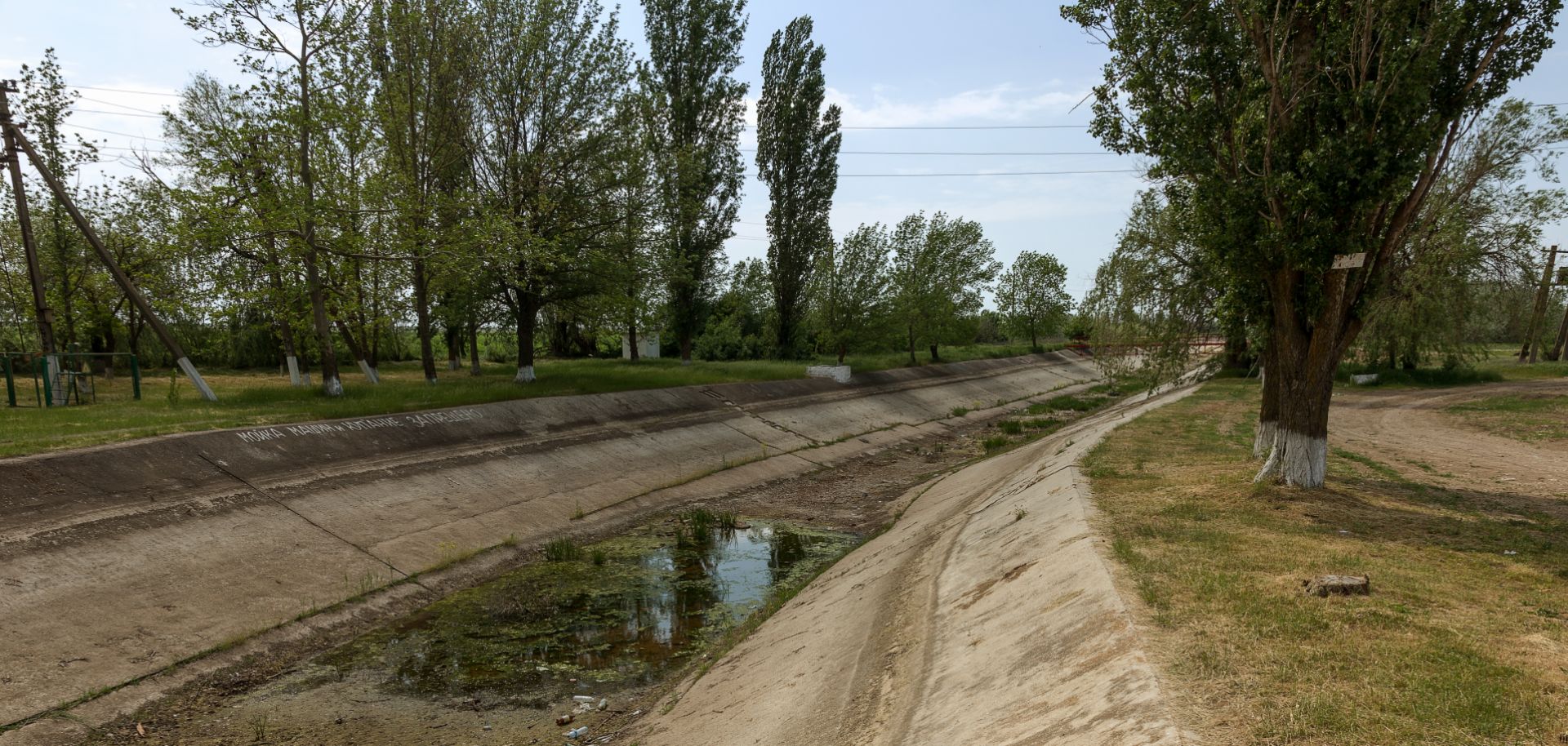ASSESSMENTS
Under Russia, Crimea’s Future Grows Dimmer -- and Drier
Feb 24, 2020 | 09:00 GMT

An irrigation canal in Crimea runs dry without access to the North Crimean Canal. Russia’s annexation in 2014 has since severed the peninsula’s access to crucial Ukrainian water flows.
(A_Lesik/Shutterstock)
Highlights
- Crimea has suffered increasingly greater water scarcity since the Russian annexation led Ukraine to suspend access to the North Crimean Canal in 2014.
- With Ukraine unwilling to reopen crucial water flows, Russia’s only options to permanently fix Crimea's water shortages and sustain economic activity over the long term would require costly infrastructure projects.
- Even if Moscow foregoes a massive overhaul, it could still use Crimea use as a military bastion, though it would mean sacrificing the peninsula’s agricultural contribution to Russian exports.
Subscribe Now
SubscribeAlready have an account?
